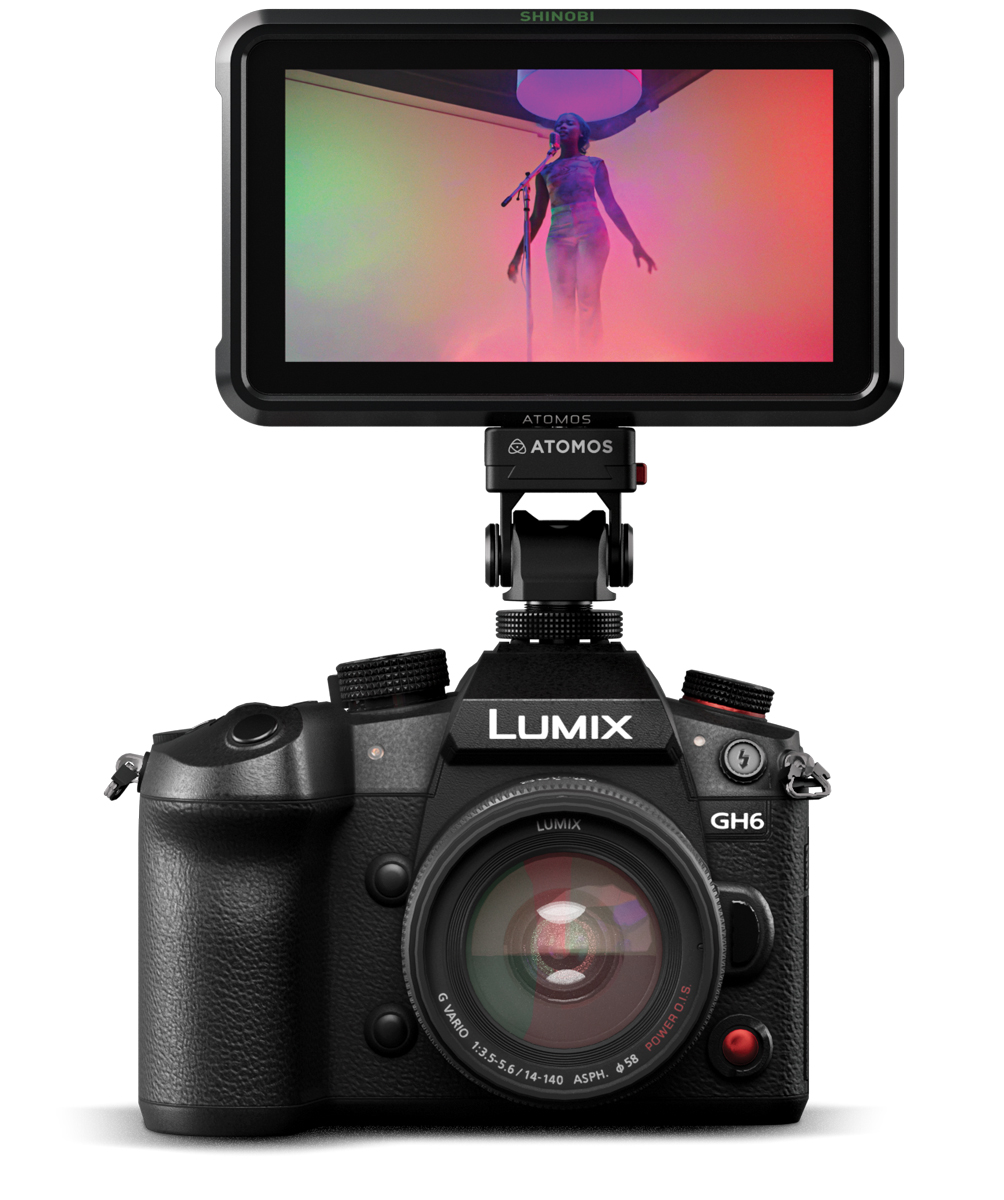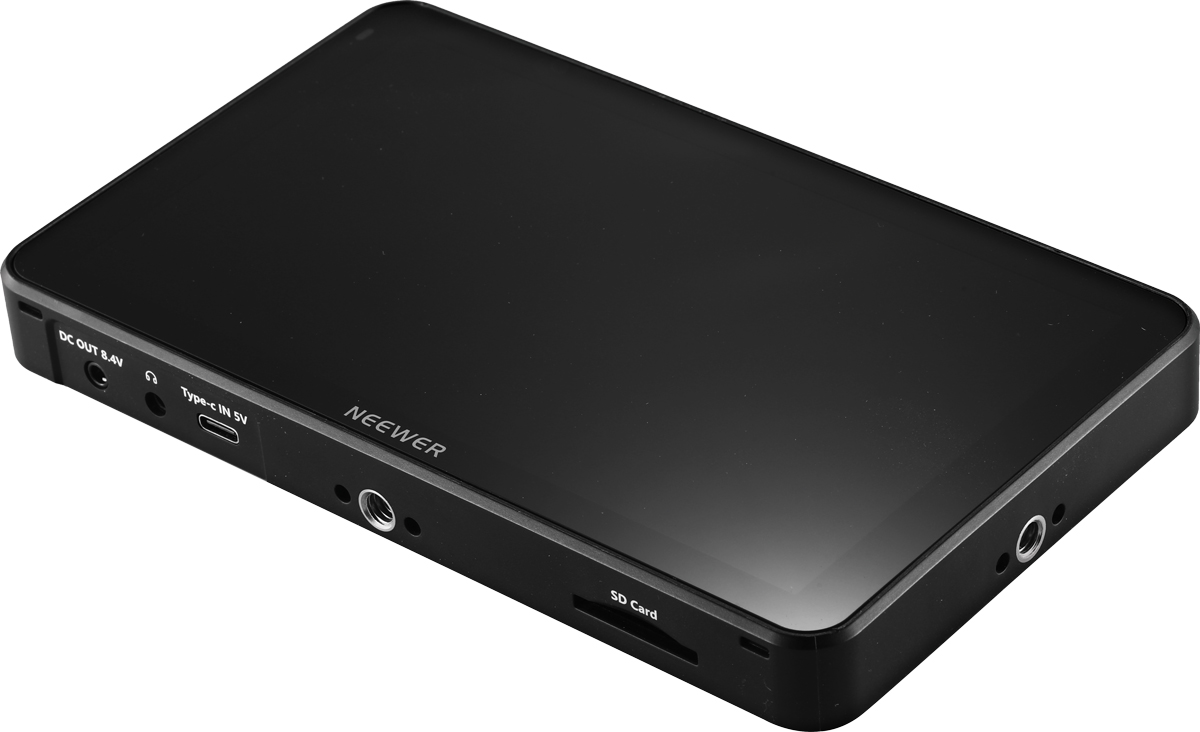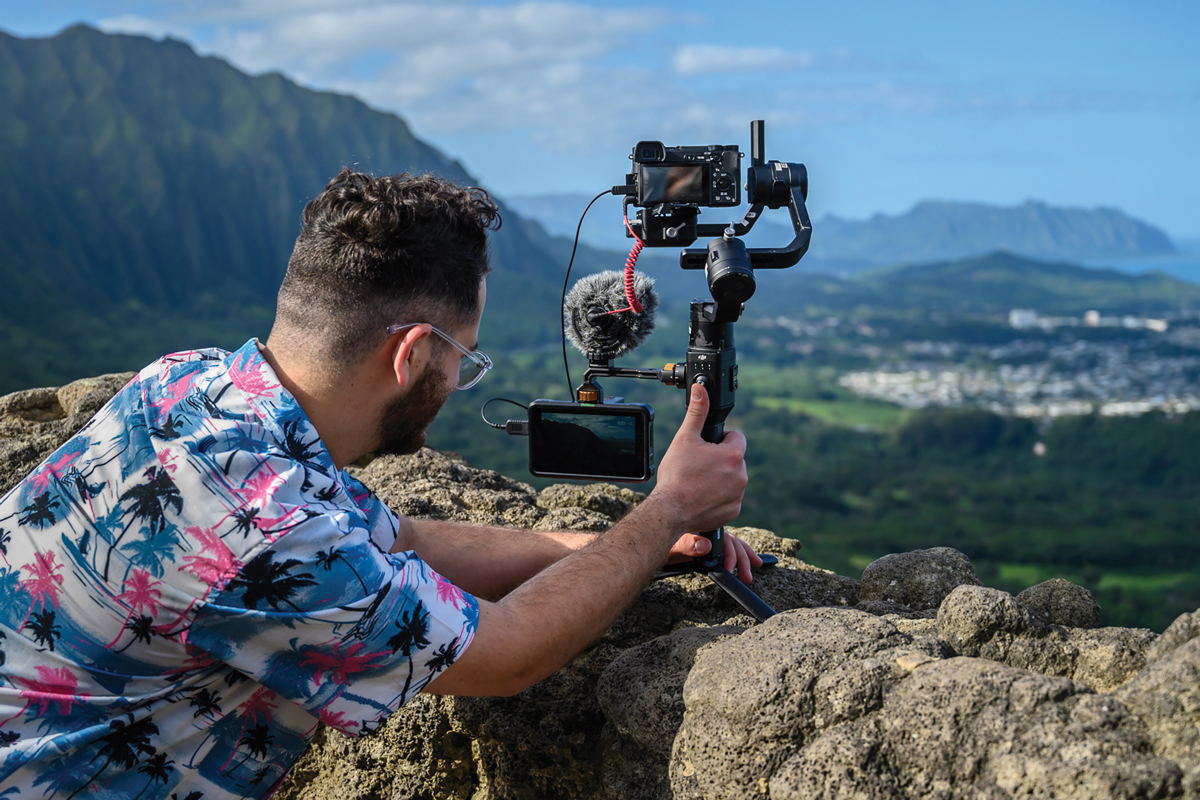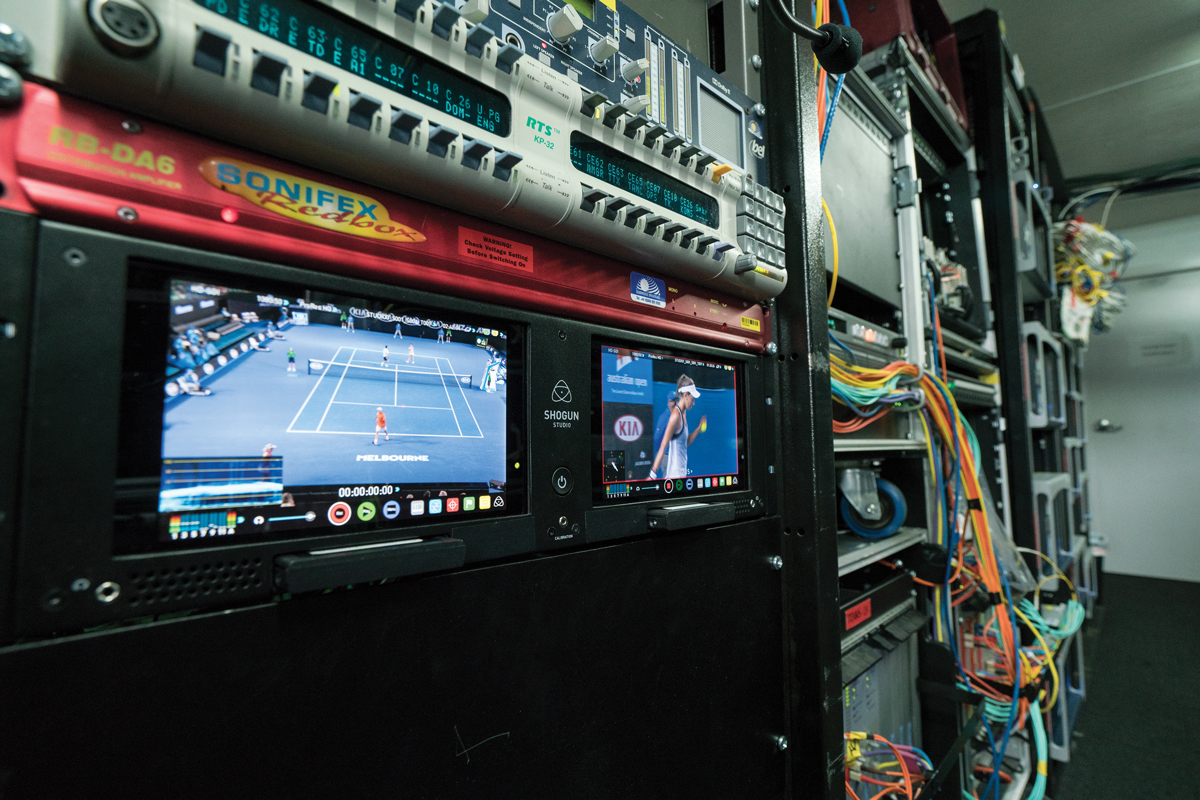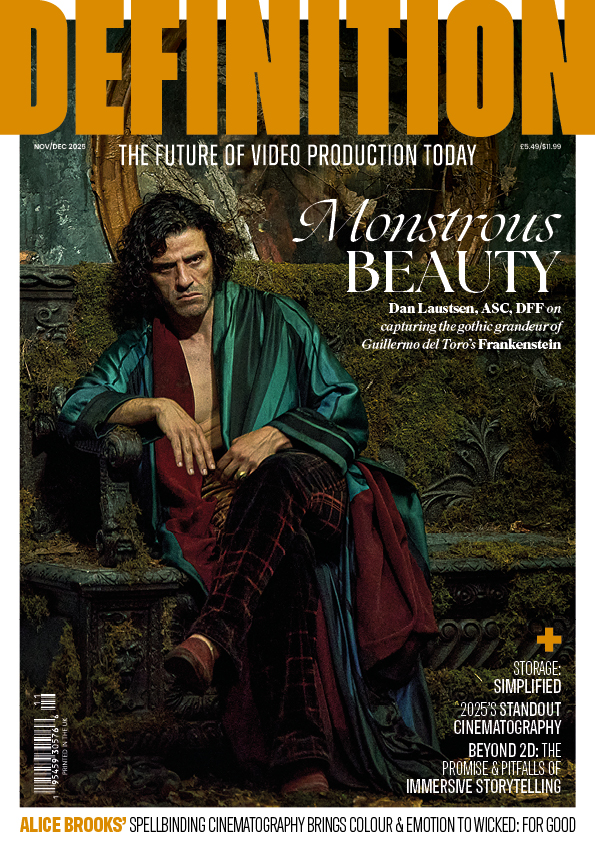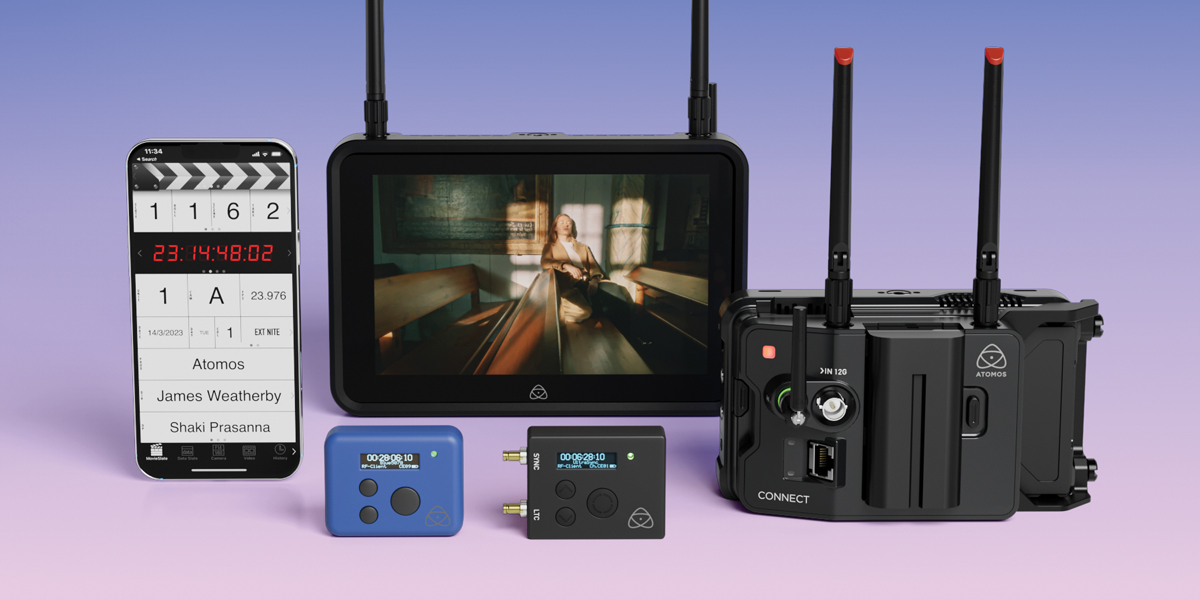
Seeing is Believing
Posted on Sep 13, 2024 by Phil Rhodes
Phil Rhodes uncovers the latest evolutions in camera monitors, hearing from Atomos, Neewer and Flanders Scientific
There was a time when camera operators had to squint at a black & white viewfinder and rely on careful white-balance to keep things looking good. Monitoring has since improved beyond recognition – but then, so have the requirements for HDR and ever-higher resolutions. Happily, recent months have seen new monitoring options to satisfy everyone from stills photographers and single-camera drama crews all the way to high-end post-production professionals.
Atomos has long found popularity at all levels, with a range of five- and seven-inch monitor-recorders in a market it has long dominated. At this year’s NAB Show, the company was keen to branch out, announcing the Sun Dragon LED lighting device, which is reportedly based on the LED emitter technology developed for its display backlights. The fluid-filled tube full of LEDs is still under development, as is the Ninja Phone accessory.
The Shinobi II is the company’s newest option: a high-brightness, monitor-only device initially available in a five-inch form factor. Global marketing director Steve Wise describes Shinobi II as ‘a derivation of our monitor-recorders for people who don’t need the recording element’. ”That might be drama crews, bloggers, photographers or anyone who wants a better monitor than what you get with a camera – which is not hard. It’s a 1500-nit screen,” he continues.
That’s more than two full f-stops brighter than conventional displays, which tend to hover around 300 nits. The company’s history with high-power displays began with the success of its earlier monitor-recorders, often chosen simply as monitors for their daylight-viewing performance. The Shinobi display-only range – expanding on previous Ninja and Shogun monitor-recorders – is a clear reaction to that.
While the Shinobi II is not created to be a precision reference display, all that extra power helps make HDR easier to handle. The company’s AtomHDR feature is a surprisingly flexible (and perhaps rather underrated) way to view images which might eventually be finished in HDR. “The Shinobi II supports HLG and PQ,” Wise notes, “and we have the AtomHDR processing engine, so we’re giving our best representation of HDR on a fairly low-cost monitor.”
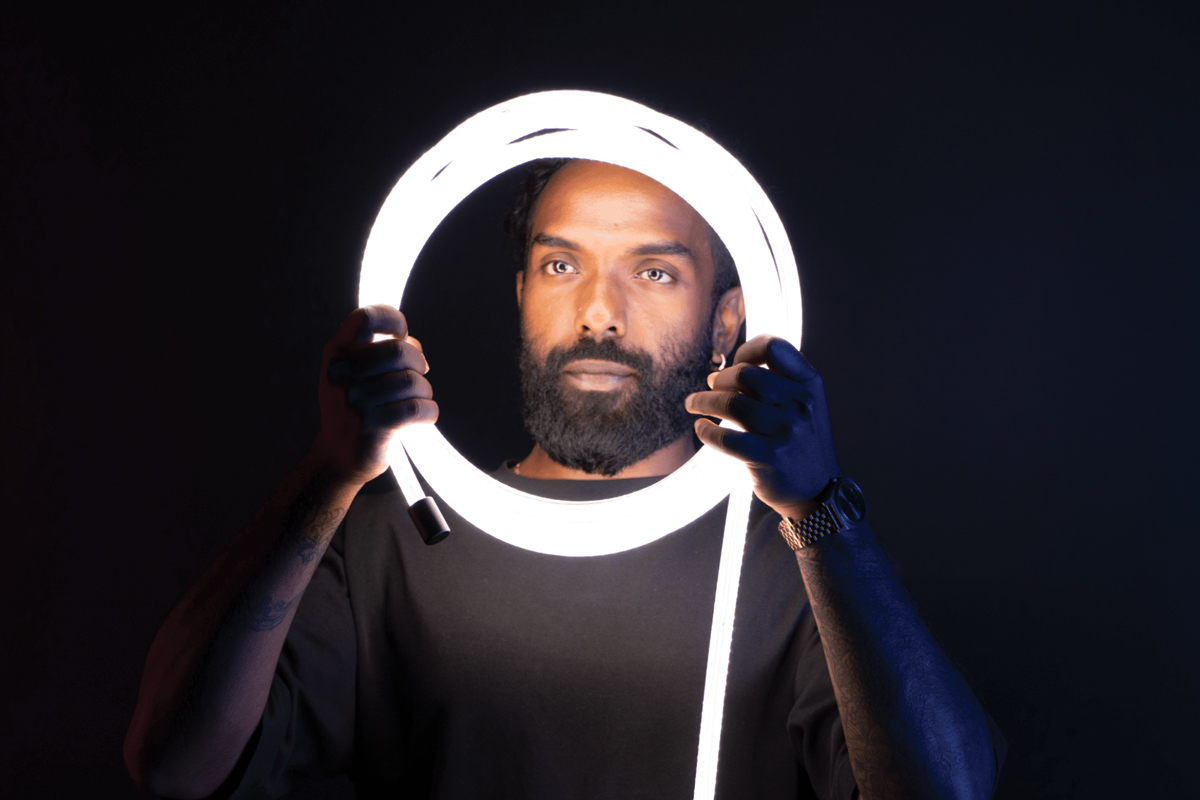
As Wise puts it, different form factors necessarily involve different compromises. “Ninja is five inches and mobile. Shogun is seven inches and typically tripod-mounted because it’s a bigger form factor. With Shogun, we can include all the network functionality, while Ninja has an accessory on the back to offer connectivity. Sumo is basically a bigger, ruggedised, 19in version of the Shogun,” he explains.
Perhaps the biggest new feature in the Shinobi II is camera control, designed with a fair amount of generality in mind. It supports a wide range of mirrorless cameras, which are most likely to pair with a five-inch on-board monitor. “It means we had to use USB-C,” Wise points out. “You can charge the Shinobi II with USB-C or charge your camera from the Sony NP-F batteries using USB-C. But what really matters is that it will control a lot of Canon, Panasonic and Sony mirrorless cameras. We’re looking at firmware updates in future to support Fujifilm, Nikon, OM System and Sigma.” Atomos suggests the Shinobi II should launch at around £295.
Those looking for a slightly larger monitor might turn to Neewer’s F700, due in September for an estimated £250. Regional coordinator Kevin Sheppard goes straight to brightness: “It’s the use in bright sunlight without a hood around the screen which is the biggest selling point. The previous models – for a few years – have done the job, but if you’re working outside on a summer’s day doing sports photography and under very bright sunlight… because of the tech behind this, you can see it in bright conditions.”
The F700 marks a new approach from Neewer, which has expanded its internal engineering department. “The R&D team is the largest in the company,” Sheppard points out, “and that’s made a big difference. Historically, we had early models which were the F100 and F200, [but] this has been designed in-house from the bottom up.” As a result, expectations are high: “Normally with newly released products – because the US is the biggest consumer market in the world – it tests the products over there for a few months before bringing it to Europe. The F700 is such a promising device that it’s being released in Europe, the UK and the US simultaneously.”
Powering via USB-C seems to be a popular idea. “They would traditionally be powered by Sony NP-F batteries,” Sheppard adds. “They weren’t often sold with the DC power adapter, but the F700 also has a USB-C input. That’s a game changer; if you were capturing horse racing while surrounded by media people, you might not have much space. So, instead of having loads of cables, you can take a V-Mount battery or a normal power bank and use that.”
Recent months have seen several companies push for higher-end clientele, with Blackmagic’s new cameras and a precision reference display announced by SmallHD. Neewer seems eager to follow suit, particularly, as Sheppard highlights, “venturing into much more powerful lighting. Usually, the maximum wattage of lighting was 150-300W. Now, we’re venturing into 600W and upward. It’s not just catering to the person who’s venturing out into the field with a limited budget; it’s an area where there’s people with a bit more money to spend. The dynamics are changing.”
At the same time, the cost of owning a true precision reference display has fallen, though not solely because displays cost less. Flanders Scientific CEO Bram Desmet explains: “We have the brand-new 31.5in quantum-dot OLED, shipping since February. The big news of late has been the auto-calibration feature that goes along with it, working with a £250 probe, which makes calibration much more affordable and accessible.”
Quantum-dot OLEDs promise a longer life than earlier designs, which were spectacular but could be short-lived. “Quantum dots have a much slower decay over time than RGB OLED,” Desmet says, “which is what [the earlier designs] were. They used organic red, green and blue compounds, and age at different rates; the blue ages rapidly. So typically, when you measure one that’s been in use for a few years, it’s not anywhere near 1000 nits any more.
“The blue in a quantum-dot OLED is not the type of material used in [previous designs],” Desmet adds. “It’s much more efficient, and doesn’t have the same rate of decay. You have better stability, less differential ageing. There are efforts underway to make something like that but not to drive it with light at all. That’s going to be an OLED which is driven directly by electronics – skip having a light source and these quantum-dot OLEDs would glow by being fed by transistors directly.”
Regardless of the underlying technology, though, any monitor will need calibration, which historically might have involved five figures of test and measurement equipment. “There are several good monitors out there,” Desmet reflects, “and a lot of good calibration solutions, but people are intimidated by the cost of those solutions and the complexity. They’re not professional calibrators and may make mistakes. As a result, people don’t calibrate their displays as often as they should.
“We tried to tackle that to make calibration affordable and easy for a colourist who is more artistic than technical to plug in a probe. You’re not using external test pattern generators, or having to use an external piece of software with a bunch of settings.”
Something that unifies the monitor market, though, is the ever-increasing affordability. This has not always been the case at the high end, which has affected the ability – or willingness – of productions to deploy HDR displays in the field. “Interestingly, these are a third of the cost of previous HDR monitors,” Desmet concludes. “They’re also a third of the weight. It’s thin and light enough, while also quiet because they are fanless, so people can bring these on-set. Nobody wants to bring a $30,000 monitor on-set for any length of time because they’re such a huge expense. You now have an increasing number of people who can carry out HDR monitoring on-set. If you want to light well for HDR, you must be able to visualise that.”
This key realisation applies to almost any circumstance under which someone points a camera at something – and it’s difficult not to appreciate the ever-improving ways to see what’s going on. With whole new OLED technologies on the horizon, monitoring is a rare part of film and television in the 2020s – a place where the fundamental technology is actually still improving.
This feature was first published in the September 2024 issue of Definition.


